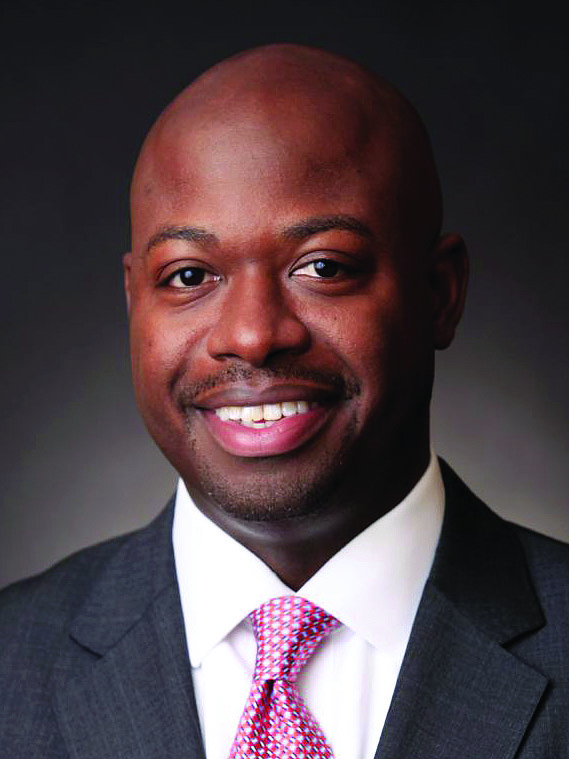
Co-Founder & Managing Member
CDG Group

Senior Managing Director
CDG Group
In April 2012, Milacron was sold to CCMP Capital for an undisclosed amount. For many this was just another private equity deal further signaling the recovery in the M&A markets. For others this announcement represented the culmination of years of work to save and resurrect one of the United States’ most storied manufacturing companies, which just three years prior was on the verge of failure.
Milacron was founded in 1889 as the Cincinnati Milling Machine Company. For 30 years, the company’s mainstays were milling machines and cutter grinders and by the 1920s the company had grown into the world’s largest machine tool company. Over the next several decades the company would add additional product lines including precision grinding machines for the automotive industry, the first water-based fluid to cool and clean both the cutting tool and work piece during metal-cutting (an industry that is now the cornerstone of Cimcool), injection molding, blow molding and extrusion machinery.
By 2008, Milacron was leading provider of premium fluids to the metalworking and packaging industries as well as a global leader in the plastics processing industry, having divested a number of its other manufacturing businesses over the years. Milacron’s was organized into three units: plastics machinery, mold technologies (DME) and industrial fluids (Cimcool). The company served customers throughout the world in the food & beverage, medical, consumer electronic, packaging, automotive, energy and aerospace related industries.
Also by 2008 and continuing into 2009, the company found itself facing a number of issues and challenges including:
• An unprecedented reduction in manufacturing activity that reduced global demand for new machines. The reduction in demand also was compounded by the lack of available financing for new equipment purchases as a result of the global pull-back in the credit markets;
• Aftermarkets parts business that also was experiencing declines in revenues as customers cannibalized parts from idle machinery in order to keep other lines functioning;
• Eroding liquidity as a result of declining financial performance. As accounts receivable and inventory declined at domestic locations, Milacron’s borrowing capacity also declined under its asset-based credit facility. In addition, based on the decline in new equipment orders, the company was not receiving as many advance customer deposits, which had become an important component of the working capital cycle, and Milacron’s foreign units also were experiencing similar issues with marginal access to outside credit;
• High fixed cost operating structure. Although Milacron had been working to reduce its costs structure as it navigated through difficult economic and competitive environments, the accelerating decline in revenue outpaced the company’s efforts to reduce costs; and
• Highly leveraged capital structure and a meaningfully underfunded pension plan. At the time of the filing Milacron had approximately $290 million of long-term debt and an under-funded pension liability of approximately $215 million, which would have required significant near-term funding based on the Pension Protection Act of 2006.
In order to attempt to address the issues, Milacron had entered into a series of amendments and modifications to its credit facilities and also had attempted to find a strategic buyer for the business. When those efforts proved unsuccessful, Milacron decided to consider restructuring alternatives.
Working with its advisors, Milacron was able to:
• Develop and institute a cash management and forecasting system to better manage its short-term liquidity and enhance its working capital position;
• Develop and implement additional cost reduction and operational efficiency improvement plans in order to enhance liquidity, stabilize margins and position the business for profitable future growth;
• Objectively evaluate alternative paths towards maximizing value of the company including a sale to a strategic or financial acquirer, transfer of manufacturing operations overseas and a refinancing of capital structure to fund existing business;
• Develop a new business plan, based on the evaluation of alternatives, which thoughtfully and objectively outlined the company business along with its growth prospects, risks and opportunities. Milacron’s revised business plan was centered on developing a truly global business organization with world class capabilities focused on Milacron Plastics Machinery, DME Mold Technology, Milacron Aftermarket and CIMCOOL Fluid Technology;
• Successfully convince a sub-set of Milacron’s lenders to support management’s plan and serve as the stalking horse bidder;
• Secure $135 million in DIP financing from existing lenders to assist in stabilizing the company through the Chapter 11 process;
• File for Chapter 11 using the framework of a pre-negotiated plan in order to minimize time and expense in Chapter 11;
• Terminate its pension plan and gain court approval for the Pension Benefit Guarantee Corporation to take over its plans in order to alleviate the burden of the payments on the company’s operation while at the same time ensuring continued benefits to the company’s retirees; and
• Successfully execute a §363 sale of the business to the lender subset in August 2009.
The lender investor sub-set group, led by Avenue Capital Group and DDJ Capital Management, bought substantially all of Milacron’s assets out of bankruptcy for $180 million in August 2009, following a bankruptcy court-approved bidding process.
Following the sale, the investor group was able to attract additional management talent to supplement the existing team and also allowed the company to reinvest approximately $40 million into equipment and research and development in 2010 and 2011.
At the same time, the machinery market rebounded strongly from a punishing recession and by 2012, Milacron’s sales were estimated at more than $830 million, which represented a 27% increase from 2010, immediately following the §363 sale.
In February 2013, five months following the sale of Milacron to CCMP, Milacron announced the acquisition of Mold-Masters for $975 million. The combination will create a leading global plastics company with a portfolio that includes plastics machinery, hot runners, mold base technologies, aftermarket and metalworking fluids. The combined company will have revenues in excess of $1 billion and employ over 3,000 people worldwide.
What made the difference for Milacron? It was a combination of having a strong portfolio of products, recognized industrial brand names, global capabilities, a strong culture of customer service and world renowned technical expertise. It also required the development of a comprehensive plan to exploit those products and services, retaining and attracting talented management to execute the plan and providing management with the support and required capital to realize the plan.
Authors’ Note: 2009 was not the first time that Milacron had successfully navigated a severe economic downturn. During the Great Depression, as other firms faced bankruptcy, the Cincinnati Milling Machine Company was able to retain most of its workers and keep production at near pre-depression levels.
Robert Del Genio is a co-founder and managing member of CDG Group. He is a recognized leader in the field of restructuring and mergers and acquisitions with more than 30 years of experience. Since 1982, Del Genio has been advising companies, lenders, creditors, corporate boards and equity sponsors across a diverse range of industries both domestically and internationally. He is a frequent guest speaker before organizations on such topics as recent trends in restructuring, valuation considerations with troubled companies, M&A opportunities in bankruptcy, valuations, deal structuring, creating shareholder value, valuing retail deals in volatile financial markets, the current M&A environment, overview of financial statement analysis in a restructuring context and pricing the deal.
M. Benjamin Jones is a senior managing director at CDG Group with more than 18 years of experience advising and participating in complex corporate reorganizations, leading engagements in a broad range of industries including healthcare, professional services, manufacturing, apparel, food processing, retail and entertainment. He has participated in all aspects of financial restructurings as an advisor to financially underperforming and distressed companies, lenders, creditors, corporate boards and equity owners and has served in turnaround management positions including president, chief restructuring officer and chief financial officer.
